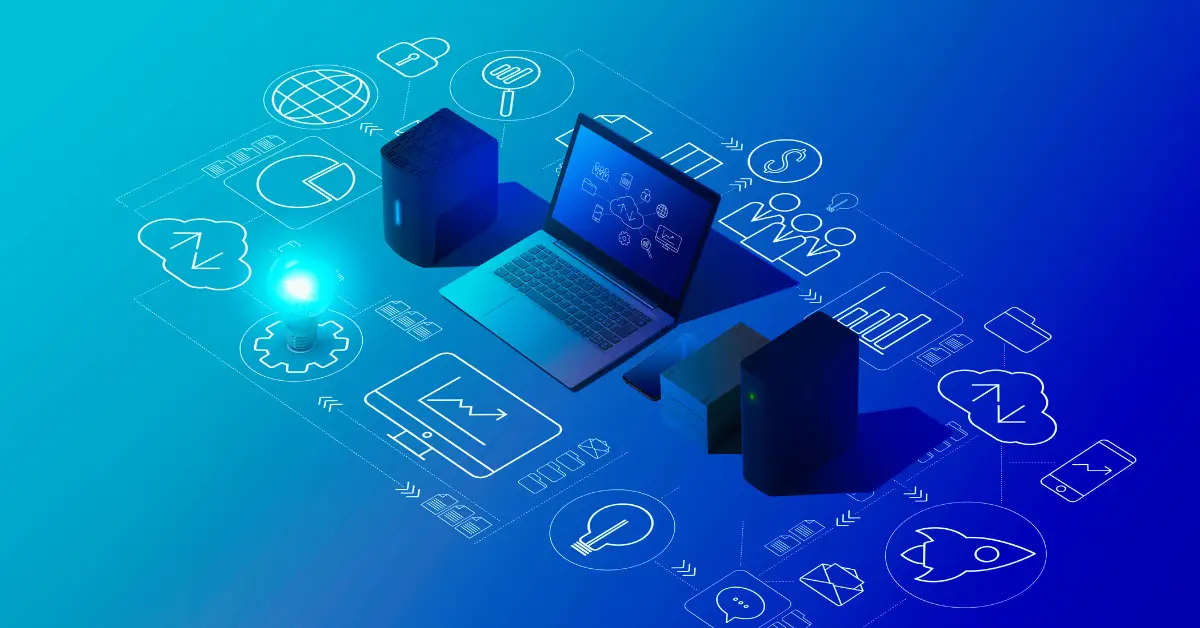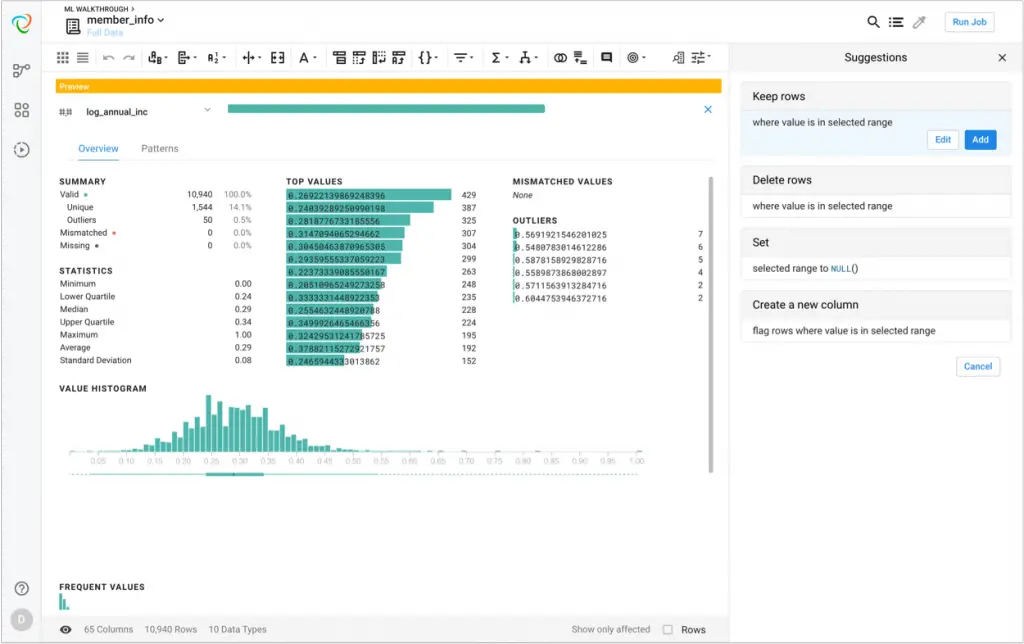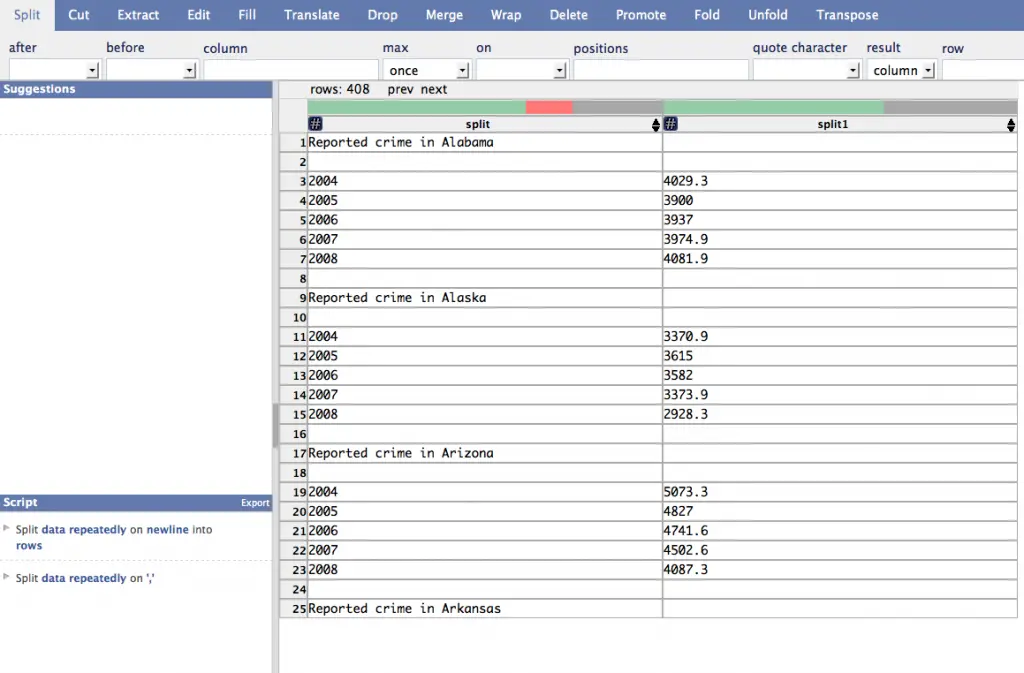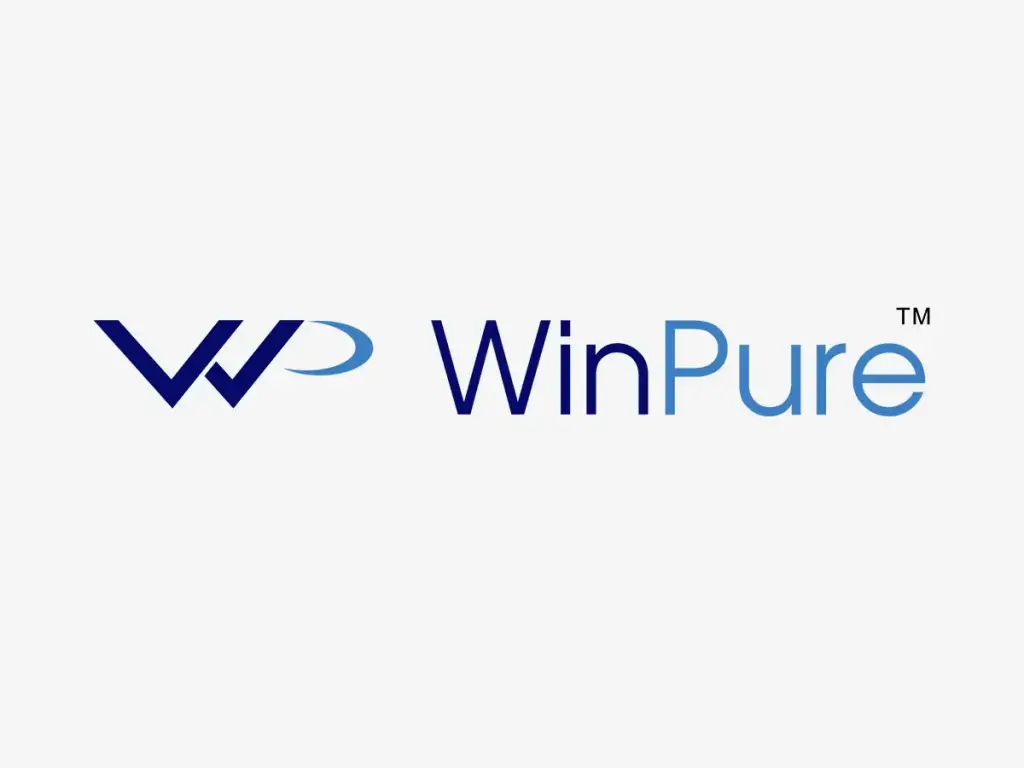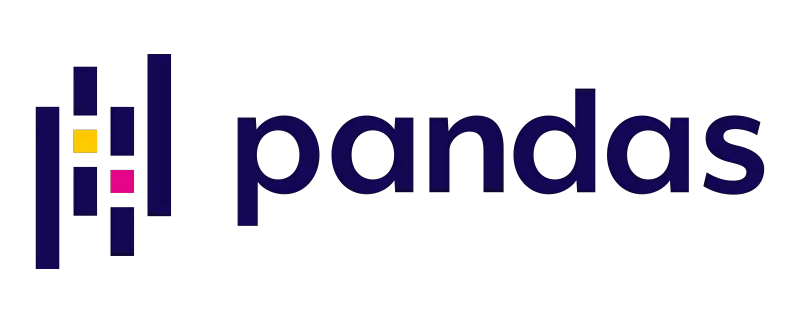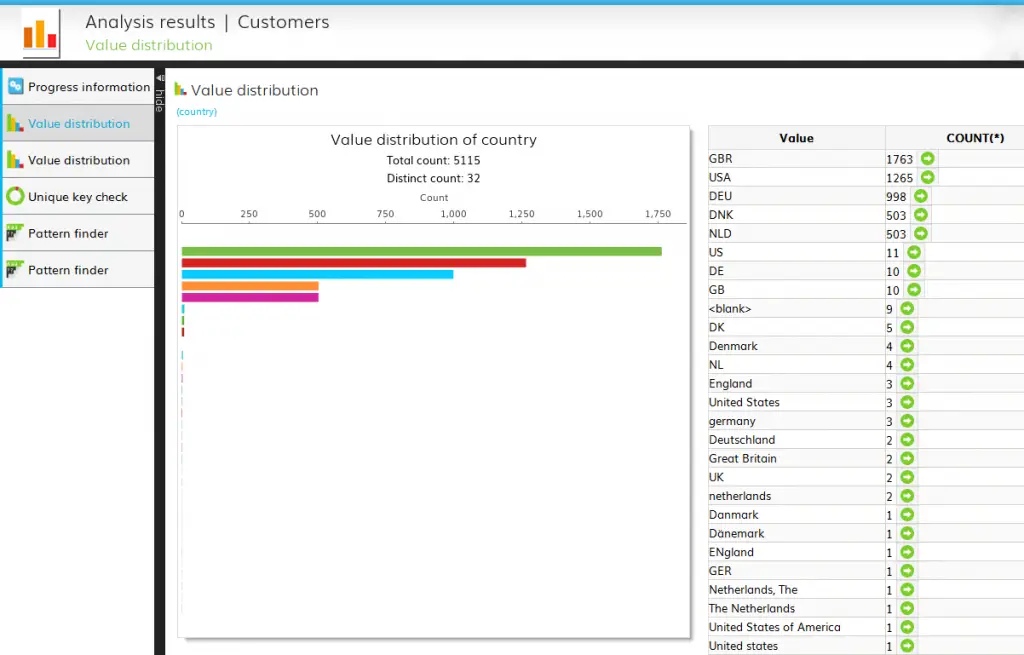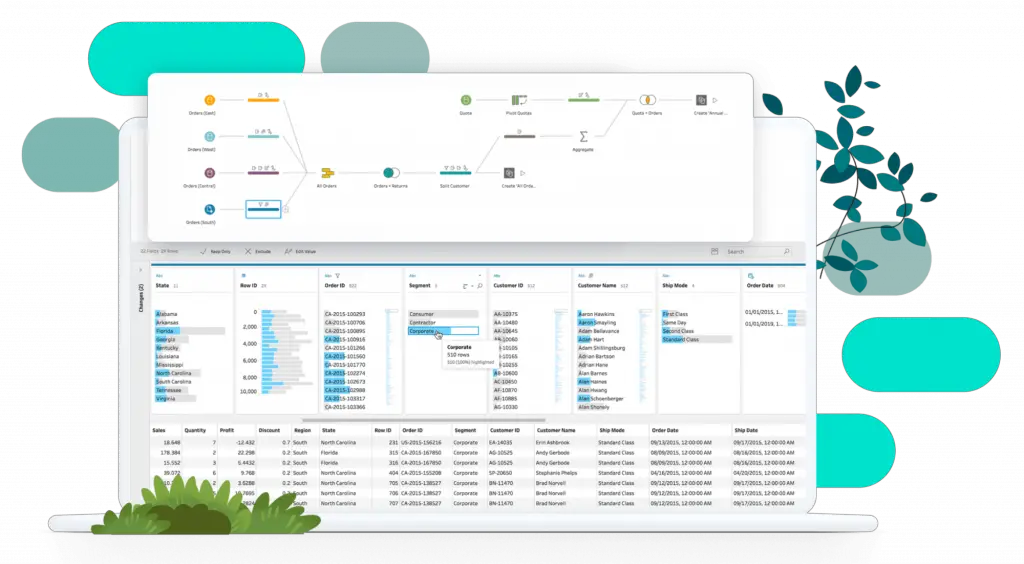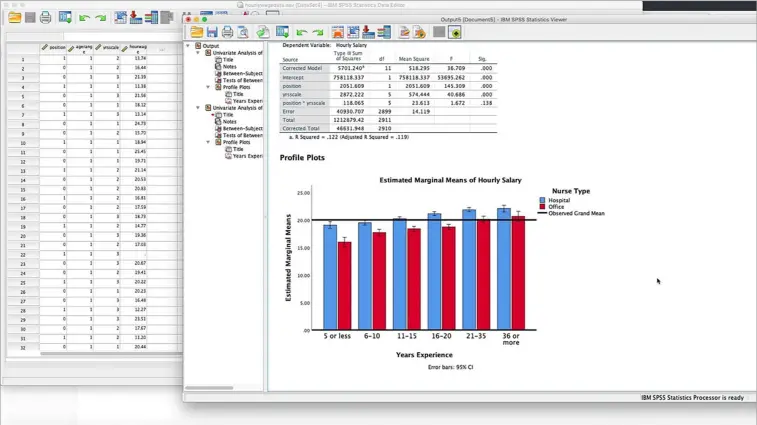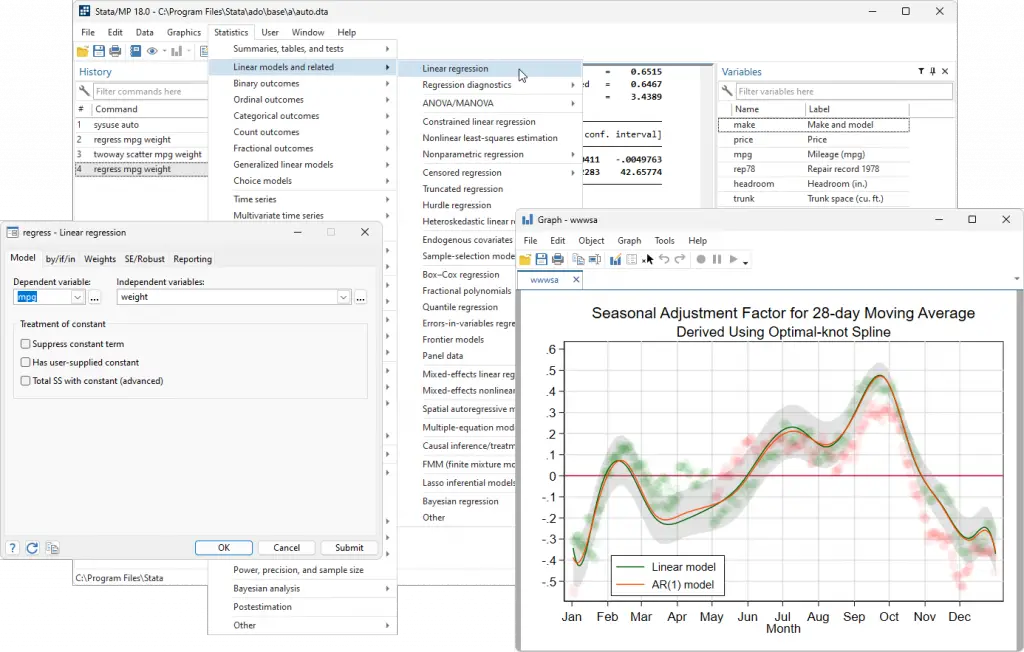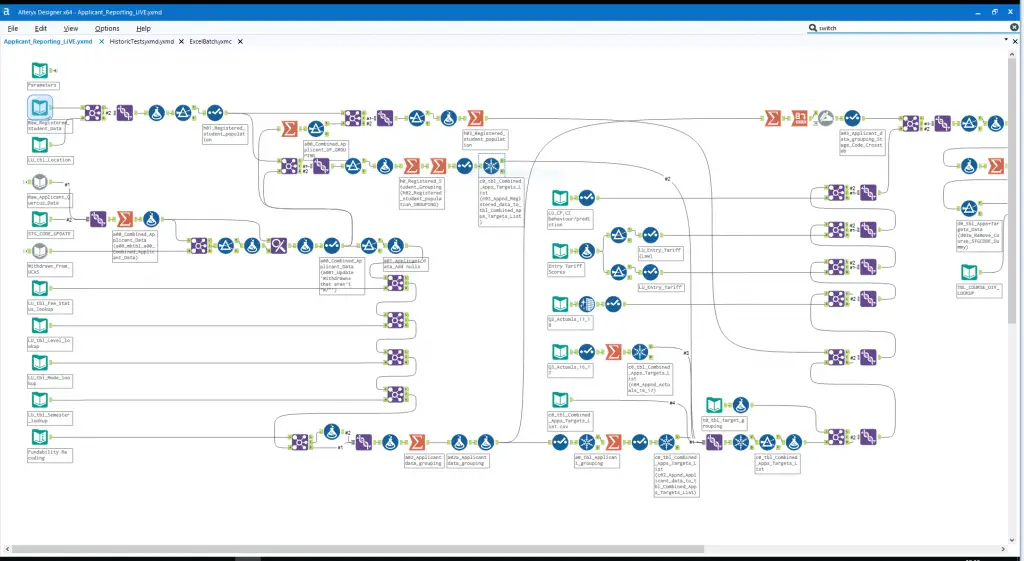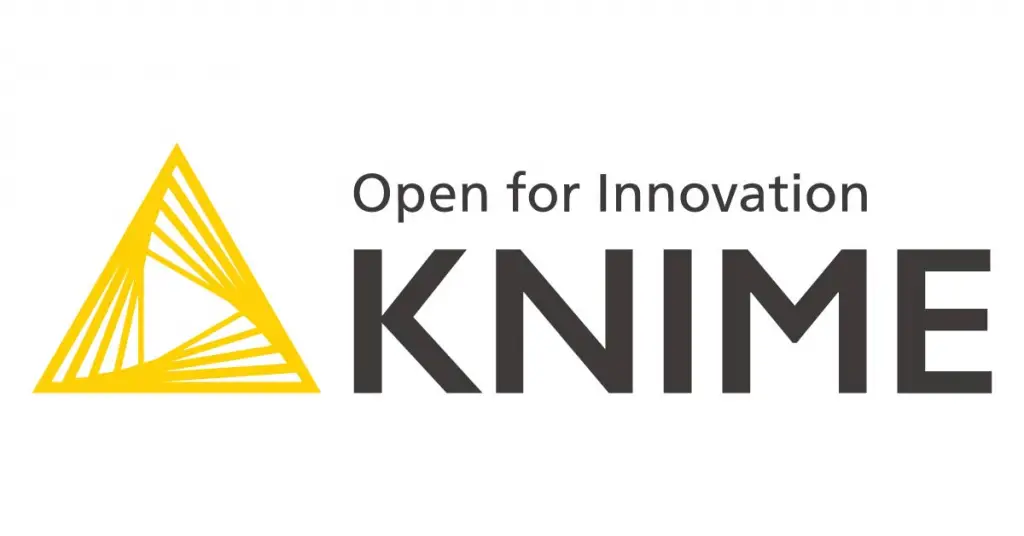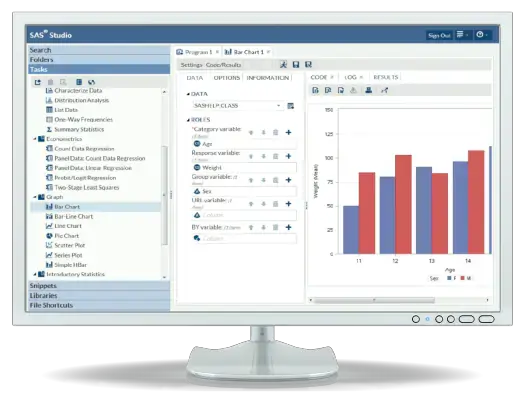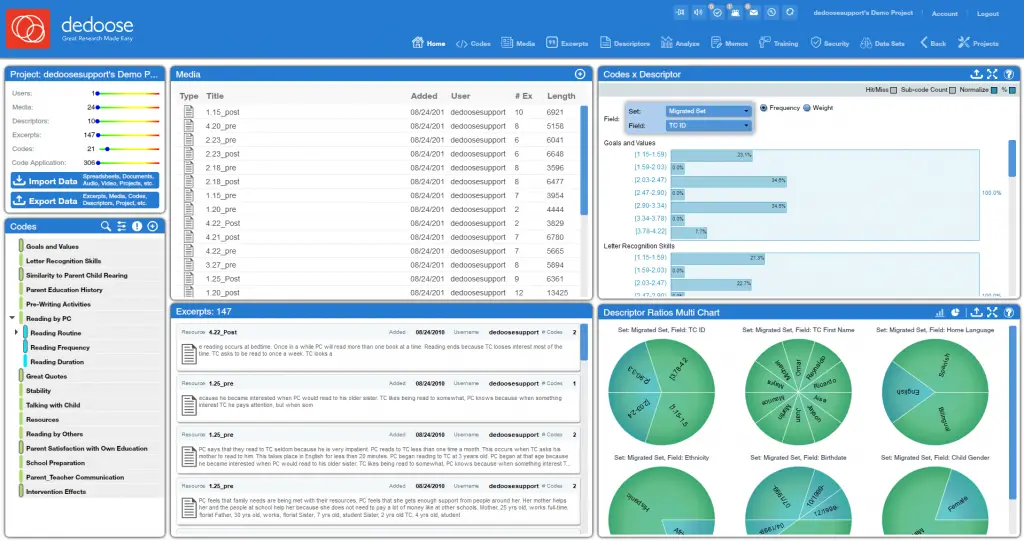Are you struggling with data quality issues in your research? Discover the 16 Best Data Cleaning Tools for Academic Research.
Thousands of students find it hard to validate their research outcomes largely due to inaccuracies, missing values, or format inconsistencies when dealing with research data.
Therefore, researchers need powerful raw data-cleansing tools to promote academic integrity. Our team has compiled a list of the 16 best data cleaning software to help you in your research.
Table of Contents
Overview
Data cleaning tools help students and academic professionals to streamline their data preprocessing. The right tool will save you time with a guarantee of credible research results. Thanks to quality data.
Let’s introduce the top data cleaning tools for academic research. Our article emphasizes their unique attributes plus their irrefutable benefits for the scholarly community.
Best Data Cleaning Tools for Academic Research
#1. OpenRefine: Best tool for those who want to clean messy data
Summary
- Web-based platform
- Suitable for non-programmers
- Versatile data transformation abilities
OpenRefine is a 5-star data cleansing tool utilized by researchers working with unorganized data sets. 1000+ users pick out OpenRefine for its web-based nature.
OpenRefine has only one job to do and it does it perfectly. It manages and refines chaotic data to ensure consistency and accuracy.
What are the benefits of OpenRefine?
- Enables detection of anomalies and inconsistencies
- Facilitates large-scale data transformations
- Provides clustering algorithms to identify duplicate data points
OpenRefine’s ability to make messy data management achievable to everyone makes it one of the best data cleansing tool.
Plus, its ability to handle large datasets ensures it’s a valuable asset in any academic toolkit.
How much does it cost?
- Free
Source: https://openrefine.org
You might also like:
- 10 Best Data Analysis Software for Research
- 21 Best Task Automation Tools for Researchers 2024
- 30+ Essential Software for Researchers
- Best Online Courses for Research Data Management 2024
- Best DataCamp Courses 2024
#2. Talend: Best for Big data integration and management
Summary
- Open-source platform
- Scalable for big data operations
- Wide array of integration connectors
Talend boasts as a renowned open-source tool for data cleaning. It empowers researchers handling vast data pools. Talend addresses the challenges of integrating and managing big data sets with its clean interface.
What are the benefits of Talend?
- Facilitates seamless data synchronization
- Supports cloud, on-premises, and hybrid integrations
- Provides advanced data quality functions
Talend’s proficiency in data integration and management assures researchers of streamlined operations. You’ll enjoy this tool’s comprehensive capabilities especially if you want to validate big data tasks.
How much does it cost?
- $12,000 yearly
Source: https://www.talend.com
#3. Trifacta: Best for anyone looking automated data wrangling and integration tool
Summary
- Focus on automation
- Streamlined integration features
- Designed for comprehensive data tasks
Trifacta provides a solution personalized for those who require automated data wrangling. Time is mostly limited, but in academia this might have devastating effects on your scores. Therefore, this tool can be a game-changer especially with its automated processes.
The data cleaning tool’s integration capabilities further solidify its position as a top choice.
What are the benefits of Trifacta?
- Speeds up data cleaning process thanks to automation
- Supports diverse data source integration
- Allows for collaborative data preparation
Trifacta reduces the manual labor involved in data wrangling. Thanks to its focus on automation. Its cohesive integration options further amplify the tool’s suitability for diverse academic projects.
How much does it cost?
- $419/month
Source: https://www.trifacta.com
You might also like:
- 30+ Essential Software for Researchers
- 21 Best Task Automation Tools for Researchers 2024
- Socratic Review 2024
- 10 Best Data Analysis Software for Research – SCI Journal
- Best Online Courses for Research Data Management 2024
#4. DataWrangler: Best for Web-based data transformation
Summary
- Online platform
- User-friendly interface
- Multiple data formats supported
DataWrangler blends data cleaning with a user-friendly interface to help students get the best out of their research.
This web-based platform makes data accessible to seasoned researchers and students.
DataWrangler is compatible with 10+ data formats. Therefore, students can use it across diverse academic domains.
What are the benefits of DataWrangler?
- Eliminates need for software installation
- Visualizations aid in data interpretation
- Handles both structured and unstructured data
DataWrangler’s capabilities surpass any other cloud-based tool on this list. It blends ease of use with adaptability to make data cleansing easier.
How much does it cost?
- Not provided
Source: http://vis.stanford.edu
#5. WinPure: Best for Data deduplication and standardization
Summary
- Focuses on data quality
- Supports data matching and merging
- User-friendly interface
WinPure is a top-rated tool emphasizing data quality over everything else. This data cleaning tool helps thousands of data analysts maintain data sanctity.
With data deduplication and standardization tools, it ensures research databases remain free from erroneous entries.
Benefits
- Quickly identifies and removes duplicates
- Standardizes data entries for consistency
- Enhances overall data accuracy and reliability
We cannot overstate the value of clean, standardized data in academic research. With a tool like WinPure, you’ll achieve this goal.
How much does it cost?
- $499
Source: https://winpure.com
#6. Pandas: Best tool for Large dataset manipulation in Python
Summary
- Python library
- Efficient for big data operations
- Wide array of data manipulation functions
Pandas is one the well-known Python libraries. This premier library for data analysis and manipulation helps students easily sort their research data.
If you are a Python programmer, Pandas will clean your expansive data sets quickly.
This tool’s diverse functionalities make it adaptable to varied research requirements.
What are the benefits of Pandas?
- Facilitates seamless data import/export
- Integrates well with other Python libraries
- Optimized for performance in big data tasks
Pandas offers a level of precision and efficiency unparalleled by other tools. However, you need to prepare for a learning curve as Pandas is grounded in python.
How much does it cost?
- Free
Source: https://pandas.pydata.org
#7. Tidyverse: Best for Data cleaning and visualization in R
Summary
- Suite of R packages
- Cohesive data cleaning and visualization
- Active community support
Tidyverse is a blessing to academics using the R language.
This collection of R packages emphasize clarity and ease of use to help researchers with their data. Its integrated approach to data cleaning, paired with visualization tools, fosters comprehensive data analysis endeavors.
What are the benefits of Tidyverse?
- Ensures consistent data formatting
- Direct integration with R’s statistical tools
- Extensive resources and tutorials available
Tidyverse’s strength lies in its harmonious integration with R. This way, it offers a seamless blend of data cleaning and visualization tools. Plus the tool’s dedicated community ensures continuous growth and adaptability to academic needs.
How much does it cost?
- Not provided
Source: https://www.tidyverse.org
#8. DataCleaner: Best for Data profiling and validation Needs
Summary
- Comprehensive data quality checks
- Extensive profiling capabilities
- User-friendly dashboards
DataCleaner emerges in the top 5 of solutions for researchers looking to validate the quality and integrity of their data.. This data ladder offers a holistic approach to data validation and profiling. This way, it presents complex results in easily interpretable visual formats.
What are the benefits of DataCleaner?
- Identifies data anomalies efficiently
- Enables pattern recognition and analysis
- Allows customizable validation rules
DataCleaner’s commitment to data quality assures researchers of its reliability. Its intuitive design coupled with rigorous validation mechanisms positions it as one of the best data cleaning tools for academic data integrity.
How much does it cost?
- Free
Source: https://www.predictiveanalyticstoday.com
#9. Tableau Prep: Best for Data preparation for visualization
Summary
- Visual-based data cleaning
- Integrates with Tableau’s analytics
- Drag-and-drop interface
You may have heard of or even used Tableau. Our next tool is an extension of the Tableau platform.
Tableau Prep takes care of data preparation before you move on to detailed visualization. This tool comes with an interactive interface to ensure data is ready for detailed analysis.
What are the benefits of Tableau Prep?
- Simplifies complex data reshaping tasks
- Enables real-time data quality checks
- Offers smooth transition to visualization tools
Tableau Prep is in the top 10 of the best tools especially if you want to prepare your data for visualization.
It promises and delivers on data integrity as well as data presentation.
How much does it cost?
- $12 per month
Source: https://www.tableau.com
#10. MATLAB: Best for Engineering and scientific data processing
Summary
- Math-focused programming language
- Specialized toolboxes for various research domains
- Highly extensible
MATLAB is a well-known tool in the scientific computing community. This data visualization tool boasts a unique environment that allows both engineering and science students to get the most out of their data.
MATLAB’s comprehensive array of functions and toolboxes makes complex computations and simulations achievable. Therefore, it’s a one stop solution for students and researchers.
What are the benefits of MATLAB?
- Delivers high-performance numerical computations
- Supports signal processing, image analysis, and more
- Fosters interdisciplinary research with its vast toolboxes
MATLAB’s focused capabilities are unparalleled. However, it’s only suitable for engineering and sciences scholars.
The depth it offers in mathematical analysis ensures research is rooted in precision and excellence.
How much does it cost?
- $49 per student
Source: https://www.mathworks.com
#11. SPSS: Best tool for statistical analysis with data preprocessing
Summary
- Widely used for statistical tests by data analysts
- Graphical user interface for non-coders
- Rich set of data analysis modules
SPSS stands tall as one of the flagbearers of statistical software, extensively adopted in social science research.
SPSS ensures data preprocessing and analysis are both rigorous and accessible to academics of all skill levels.
Thanks to its robust statistical capabilities paired with user-friendly interfaces.
What are the benefits of SPSS?
- Enables a broad range of statistical tests
- Facilitates easy data visualization and reporting
- Offers in-depth data manipulation functions
Don’t look for statistical accuracy anymore, embrace SPSS and let the software do your work (with your help, though). Its dual appeal to both statisticians and novices guarantees that research results are reliable.
How much does it cost?
- $99 per month
Source: https://www.ibm.com
#12. Stata: Best tool for economic and social science statistics
Summary
- Comprehensive statistical suite
- Widely adopted in economics and sociology
- Regular updates with new features
This data visualization tool is deeply ingrained in the disciplines of economics and social sciences.
Stata is used by millions of people worldwide to make sense of their data. This tool will help you gain insights from your data with precision.
What are the benefits of Stata?
- Facilitates linear and nonlinear modeling
- Offers panel data analysis capabilities
- Equipped with extensive data management tools
Stata elevates economic and sociological research. Its dedicated functionalities ensure users get data-driven insights into societal complexities.
How much does it cost?
- $48 per student for 6 months
Source: https://www.stata.com
#13. Alteryx: Best for drag-and-drop data blending Tasks
Summary
- Intuitive visual workflow
- Combines data from varied sources
- Scalable for big data operations
Alteryx emerges as a vital data cleansing tool for researchers who prioritize ease and efficiency.
The drag-and-drop interface further enhances this tool’s data blending capabilities.
This way, it allows scholars to merge disparate data sources without diving deep into complex coding endeavors.
What are the benefits of Alteryx?
- Reduces the need for specialized programming knowledge
- Supports spatial and predictive analytics
- Speeds up data preparation and cleaning
Alteryx bridges the gap between simplicity and powerful data operations. This tool ensures researchers focus on deriving insights rather than navigating technicalities.
How much does it cost?
- $5,195/ year
Source: https://www.alteryx.com
#14. Knime: Best Open-source tool for data analytics and cleaning
Summary
- Modular data processing
- Active community contributions
- Wide array of plugins
Knime, standing tall in the open-source realm, is a beacon for those in academia favoring transparency and extensibility.
Offering a node-based approach to data operations, it’s particularly suited for those looking to create custom workflows, thanks to its vast array of community-driven plugins.
What are the benefits of Knime?
- Enables visual creation of data workflows
- Seamless integration of various data tools
- Continually updated by a thriving community
Knime’s modularity, coupled with its open-source nature, ensures it remains adaptable and cutting-edge, making it a cornerstone for many a research project.
How much does it cost?
- Free
Source: https://www.knime.com
#15. SAS: Best for advanced data analytics
Summary
- Industry-leading statistical software
- Supports advanced analytics operations
- Comprehensive data management suite
Created in the 1970s, SAS has a longstanding history of data analysis. This product of the North Carolina State University is one of the best tools for carrying out advanced data analysis.
Over the years SAS has become a powerful suite that ensures academic research is accurate, insightful, and data-driven.
What are the benefits of SAS?
- Facilitates in-depth statistical tests and models
- Offers tools for artificial intelligence and machine learning
- Ensures data security and governance
SAS remains unmatched for anyone seeking for comprehensive data analysis. Its exhaustive analytical capabilities ensure research is revelatory.
How much does it cost?
- $99/month
Source: https://www.sas.com
#16. Dedoose: Best tool for qualitative data analysis
Summary
- Web-based platform
- Designed for qualitative research
- Enables collaborative research
Dedoose is tailored for researchers who delve into qualitative or mixed-methods research. Its cloud-based design offers a collaborative and versatile environment.
This ensures narrative data, often laden with nuance and subjectivity, is analyzed with the depth it demands.
What are the benefits of Dedoose?
- Supports text, video, and audio data sources
- Provides advanced coding and memoing features
- Ensures data security with encryption
Dedoose’s strength in qualitative research analysis ensures that no narrative detail is overlooked. Its collaborative nature further accentuates its importance in team-based academic projects.
How much does it cost?
- $8.95 per month
Source: https://www.dedoose.com
Conclusion
Every research project, irrespective of its scale, hinges on the quality and reliability of data. With the 15+ tools in this guide, you are ready to navigate everything to do with data processing and cleaning. You’ll also master data management wile at it.

